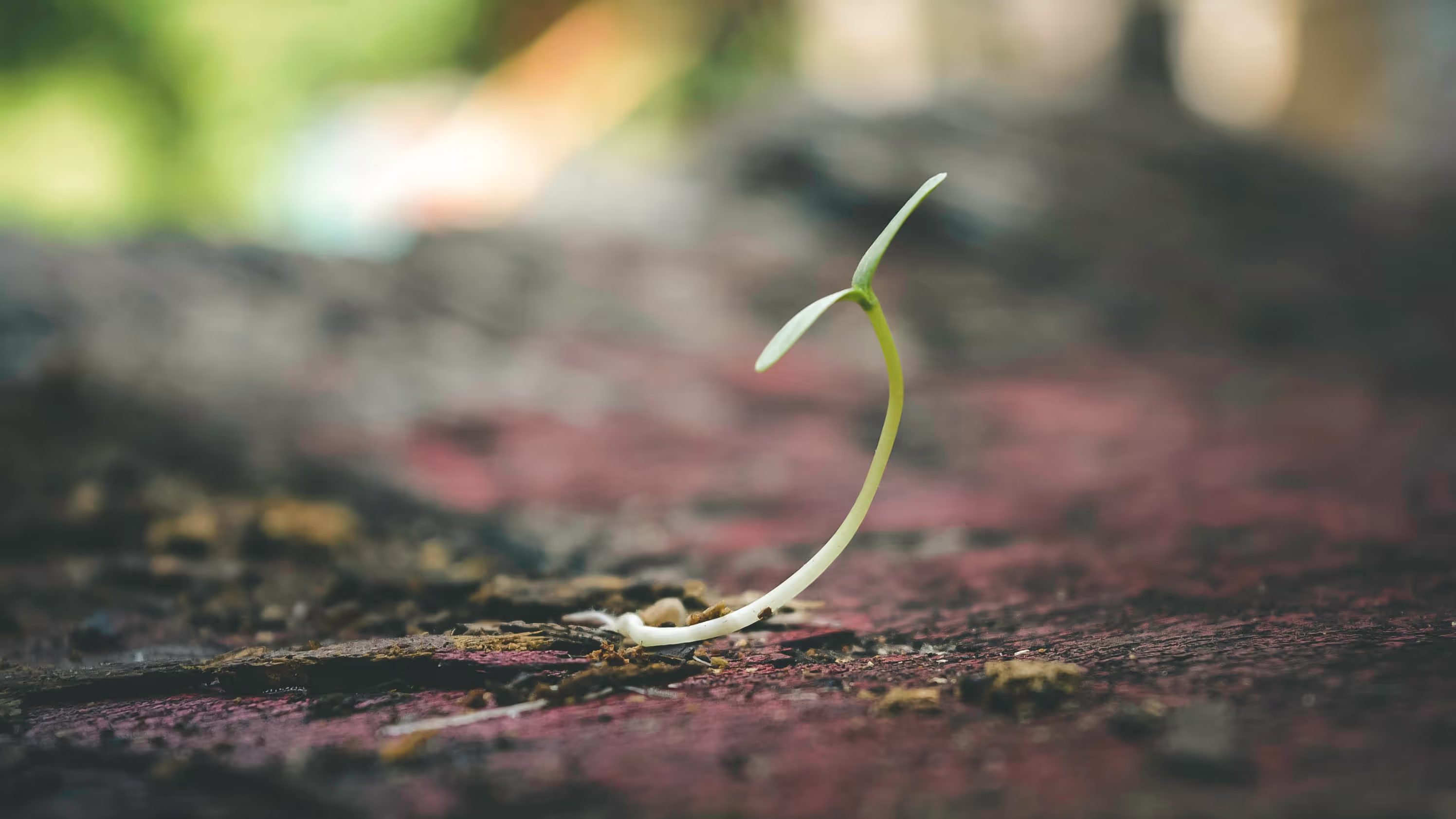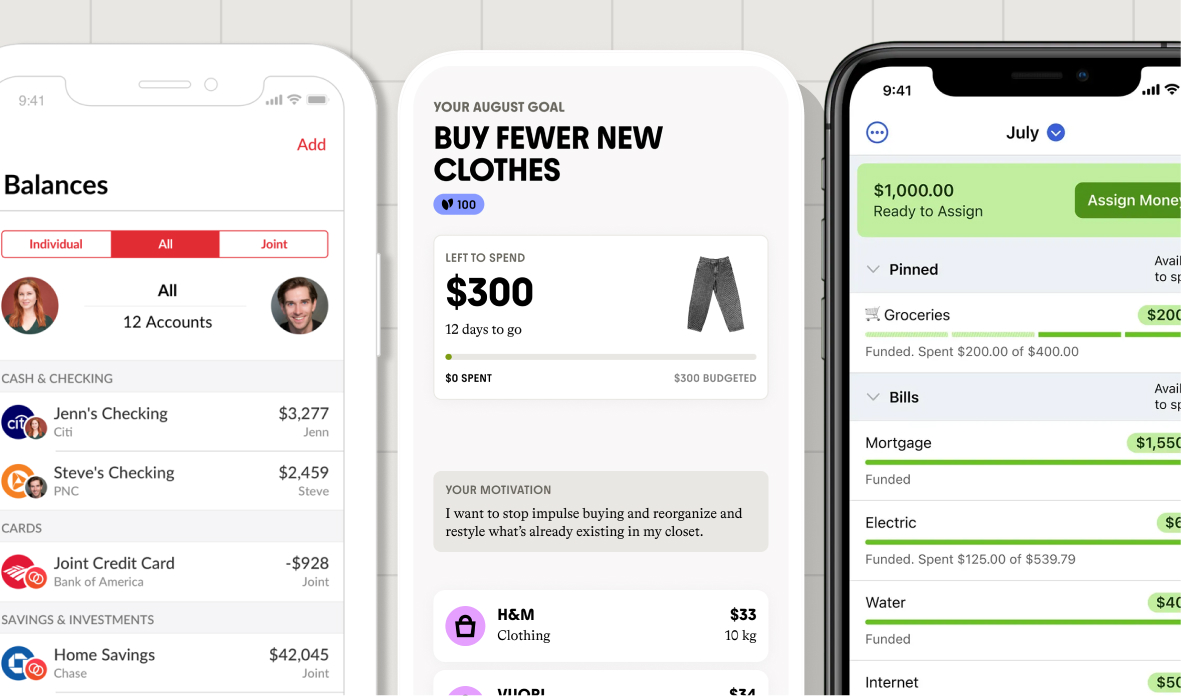What Personal Finance Can Teach Us About Cutting Carbon

Join the community





This is the first in an occasional series by author and climate writer Sami Grover, which draws lessons from existing practices within the worlds of personal finance, nutrition, fitness, and more to help inform how we create a practical, real-world approach to building a climate practice in our lives.
On his hit Netflix show How to Get Rich, financial expert Ramit Sethi helps ordinary people to pursue their own version of a “rich life.” In one episode, he was advising a young homeowner about ways to maximize her income:
“The thing is, there’s a limit to how much you can cut your spending. In theory, though, your income has an infinite potential to grow.”
This advice immediately caught my attention. That’s because there’s an important parallel with the climate movement I’ve spent most of my life immersed in. Even though I have tried for decades to live a so-called ‘green life,’ I’ve learned from painful experience that I am limited in how much I can do alone.
But that’s not to say we are powerless.
Yes, We Can Cut Carbon
For most of us, scrutinizing our household budgets can usually identify some financial savings. Similarly, when we take a look at where our emissions are coming from, we can more-often-than-not find at least a few places to cut back. And the good news is that, often, we can also improve our quality of life:
- We can eat more plants, for example, which helps to improve our health and save money'
- Assuming we live somewhere where it’s safe, we can bike or walk, which helps us get fit, is far more fun, and saves on gas too.
- And, assuming we have the time and budget, we can find fantastic vacation spots closer to home, avoiding the hassle and expense of air travel
So far, so good. But regardless of whether you’re talking about your financial or your carbon budget, the challenge really starts once the low-hanging fruit has been picked.
A Diminishing Carbon Return on Personal Energy Invested
As Ramit Sethi pointed out in his show, there comes a point where reducing your spending starts to get harder. Whether it’s taxes or rent, mortgage payments, or energy bills, most of us have fixed costs that are hard to reduce. Even cutting discretionary spending gets more difficult once you’ve eliminated the things you’re sure you don’t need.
We all want to have some fun after all.
The exact same problem applies to carbon. Once we’ve picked off the easy items and tackled the things we are excited about, we’re still left living in a world designed for fossil fuels. And that makes individual action hard:
- Sure, you can go car-free. But unless you can afford to live in a community that prioritizes non-car options, you may have to accept trade-offs about where you are able to work, study or even socialize.
- Yes, you might choose to never fly again, but if you have family who live far away, you’ll soon find that a Zoom call doesn’t compare to a real, live hug from your mother.
- And absolutely, you can go fully vegan. But depending on your culture, your family’s food preferences, and even your own personal nutritional needs, you may find it harder than it’s sometimes made out to be.
In my own case, for example, I have reached a point where reducing my energy bills feels like a losing battle. As someone with the privilege of owning my own home, I’ve spent hours caulking my baseboards. I’ve spent money to spray foam my attic. And I’ve installed smart thermostats, LED bulbs, and other energy-saving gadgets. And yet, because my leaky old North Carolina house was built in 1933, the savings have maxed out at something like a 10-15% reduction in our bills. And now, imagine if I was renting.
At some point, the effort starts to outweigh the rewards.
So Should I Just Give Up on Living Sustainably?
Returning to our analogy of personal finance, Ramit Sethi’s core point was not to ignore your spending. Instead, it was to look at income and spending as equally critical parts of a far more important financial whole. Once we’ve made reasonable efforts to cut back, Sethi argues, we should focus the lion’s share of our attention on trying to make more money. For some, that might mean investing more wisely. For others, negotiating a raise. Or taking on a side gig.
The same is true of our carbon emissions.
Positive Influence > Negative Climate Impact
While countless articles equate ‘going green’ almost exclusively with cutting our carbon footprint, this ignores the fact that each of us has influence well beyond our own emissions. And just like financial income, the potential to grow that influence is theoretically limitless.
Here’s how I put that idea into practice:
Throughout my writing career, I’ve sought to cover topics that empower readers to do what they can to reduce emissions and maximize their positive impact. And I’ve sought to honestly share my mistakes and struggles to help communicate the idea that individual perfection is an unhelpful goal. At various times in my life, I’ve also gotten involved in other actions that include:
- Community tree planting and gardening initiatives
- Fundraising for, donating to, or volunteering for non-profits.
- Composting at my children’s schools
- Pushing my employer to commit to net zero emissions
And I’ve attended a fair few climate protests in my time too.
Maximizing My Carbon Handprint
Finnish social innovation experts Jussi Impiö, Satu Lähteenoja, and Annina Orasmaa have coined the term “carbon handprint” to describe our positive climate influence. If a carbon footprint measures the emissions you directly create, a carbon handprint accounts for the less tangible—but potentially far more consequential—influence you have over society’s overall carbon emissions. Rather than simply being ‘less bad,’ they say, we can focus our efforts on doing the most possible good that we can do. This holistic approach is core to the idea of what Commons refers to as a ‘climate practice.’
It’s an idea that’s catching on, even beyond the sphere of individual action. The search engine company Ecosia, for example, proudly plants trees with 100% of its profits. Their goal is not simply to claim carbon neutrality. Instead, it’s to leave a positive climate imprint that’s many times the size of their actual emissions. In 2022, for example, its solar arrays produced enough energy to power their searches three times over. And once tree planting efforts were taken into account, they claim to have removed 1000 times more emissions than they are responsible for.
What if we all achieved a 1000x multiple of positive impact compared to whatever emissions we create? We’d soon start to see emissions coming down on a scale that would make a difference.
The End Goal is Still Net Zero
As humans and global citizens, our goal doesn’t have to be to each get to zero emissions on our own. For many of us, that’s an almost impossible task. Instead, it’s to do what we can, where we can, to get to net zero emissions worldwide. So how can you get started?
- First, do take a look at your emissions. And spend some time finding ways to bring them down.
- Next, think about where your passions lie. Are you an avid composter and gardener? A nature nerd? A political junkie? Or a technology enthusiast? Whatever your interests are, that’s where you’re most likely to be able to sustain change.
- Then, take a good look at your opportunities. What strengths or skills do you have? What assets or privileges can you leverage? Are there opportunities amidst your social or professional networks?
- And lastly, get started somewhere. It’s far less important that you find the perfect plan than that you start building momentum and finding common cause with others
In personal finance, we can choose to beat ourselves up for the $8 we spent on a morning latte. Or we can invest that time and emotional energy into revamping our resume or landing that side gig.
I know which I’d prefer.
Similarly, it can be easy to feel guilty about what we’re not yet doing. But that guilt can only get us so far. While we do have a responsibility to be mindful of our emissions, we also have to accept that we are bound by the systems in which we operate.
We’re All in This Together
So I will continue to bike, telecommute, and drive my electric car. But rather than berating myself for flying home to see my family or eating the occasional steak, I choose to focus on the bigger picture. And I commit to maximizing my positive impact to move us all toward our ultimate end goal.
You’ll find plenty of guidance and support within the Commons community for doing the same thing. We’d love it if you can join us.
Join Commons
No single person can change our economic systems, but collectively, our choices influence corporations and governance. Collective action starts with individuals, sparks community changes, and transforms companies and systems. Join Commons to combine your climate practice with thousands of others to build a greener world.













